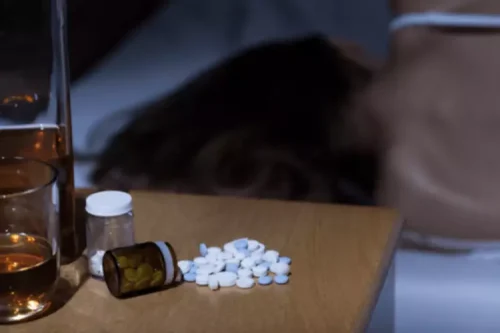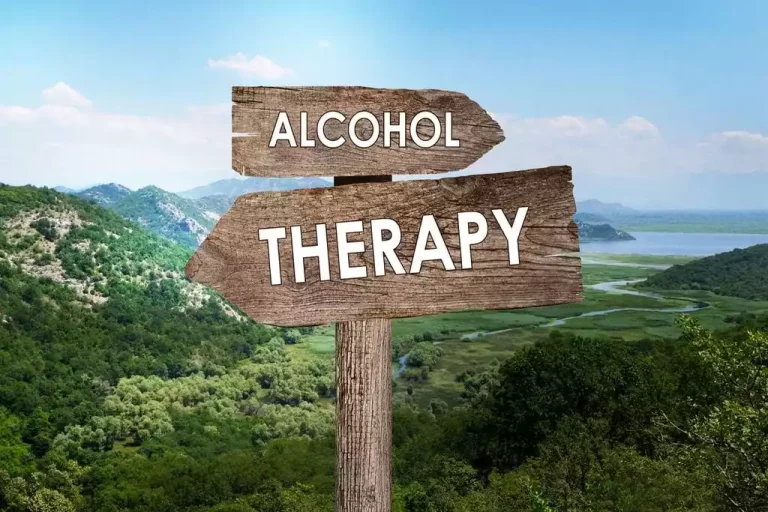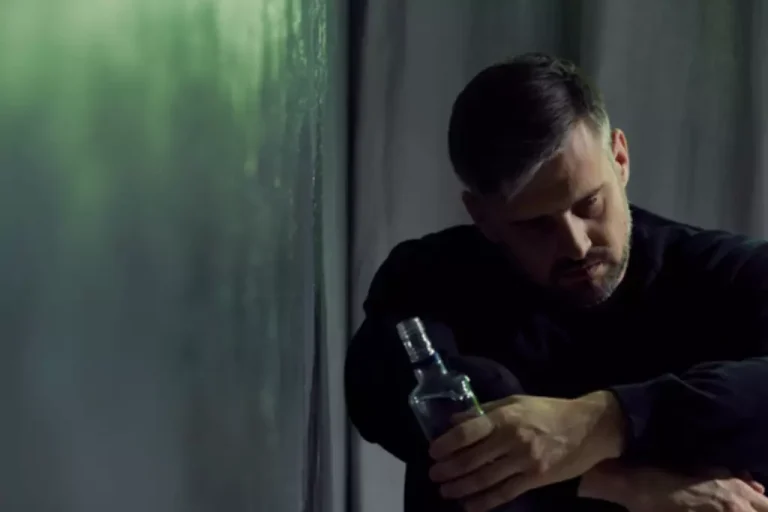
With the aid of neuroimaging techniques, researchers may be able to examine the impact of alcohol on brain activity related to these factors, and then determine how alcohol contributes to memory impairments. If you use insulin or some other diabetes medications like sulphonylureas, you’re more likely to have a hypo. Drinking alcohol can then add to this, because alcohol reduces your body’s ability to recover when blood sugar levels are dropping. Usually, the liver stores extra glucose which is released back into the blood when needed, such as when blood sugar levels drop. But alcohol stands in the way of the liver’s ability to do this effectively. If you’re not sure whether your medication can cause hypos or if they’re affected by alcohol, it’s best to speak to your healthcare team.
Is it ok for people with diabetes to drink alcohol?
- The pattern of H.M.’s impairments also forced a re-examination of models of long-term memory storage.
- Alcohol can also interact with some medications that are prescribed to people with diabetes.
- Among other cell types, the Islets of Langerhans include an inner core of insulin-producing beta cells surrounded by a layer of glucagon-producing alpha cells.
- There also is some evidence that females are more susceptible than males to milder forms of alcohol-induced memory impairments, even when given comparable doses of alcohol (Mumenthaler et al. 1999).
It’s important to remember that a blackout isn’t the same as passing out. Someone who passes out has either fallen asleep or become unconscious because they consumed too much alcohol. Although this part of the brain can build up long-term tolerance to alcohol, this isn’t true of the hippocampus. It also lowers inhibition, hinders impulse control, and affects decision-making. If you experience a partial blackout, visual or verbal cues may help you remember forgotten events. For more information about our products in your region please see our list of international locations.
The Immediate Effect of Alcohol in People With Diabetes
Lack of recall for the events 24 hours later, while sober, represents clear experimental evidence for the occurrence of blackouts. The fact that subjects could remember aspects of the events 2 minutes after they occurred but not 30 minutes or 24 hours afterward provides compelling evidence that the blackouts stemmed from an inability to transfer information from short-term to long-term storage. For all but one subject in the blackout group, memory impairments began during the first few hours of drinking, when BAC levels were still rising.
Health Risks Of Diabetes And Alcohol
In an effort to fill in gaps in theirmemory because of alcohol-induced blackouts, people use a variety of strategiesto reconstruct their experiences (Nash andTakarangi, 2011). Heavy alcohol consumption (i.e., 200 grams of pure alcohol, or approximately 16 standard drinks, per day) can cause ketoacidosis in both diabetics and nondiabetics (Wrenn et al. 1991). People who consume those high amounts of alcohol typically have been drinking and not eating for days and/or have vomited or developed other illnesses from drinking.
This could happen if someone drinks on an empty stomach or consumes large amounts of alcohol in a short amount of time. Because females, on average, weigh less than males and, pound for pound, have less water in their bodies, they tend to reach higher peak BAC levels than males with each drink and do so more quickly. This helps explain why being female appears to be a risk factor for having blackouts. Boekeloo and colleauges (2011)examined a different type of drinking motive -“drinking to getdrunk,” which the authors defined as “pre-meditated,controlled, and intentional consumption of alcohol to reach a state ofinebriation” (p. 89).
Among other cell types, the Islets of Langerhans include an inner core of insulin-producing beta cells surrounded by a layer of glucagon-producing alpha cells. Unlike protein, fat, or carbohydrate, alcohol doesn’t require insulin to provide energy to the body. Yet, many people assume that alcoholic drinks are loaded with carbs, not realizing that wine and spirits are practically carbohydrate free—with only a trace of carbohydrate in spirits and roughly four grams of carbs in a five-ounce glass of wine. The exception is sweet dessert wines, which pack 14 grams of carb in a tiny three-and-a-half-ounce glass. While it’s concerning that light pollution may have this effect on our health, it’s a modifiable environmental factor – meaning it’s something that we can take charge of in order to reduce our risk of Alzheimer’s disease. Even a few simple adjustments at nighttime can help reduce exposure to light pollution – including wearing an eye mask, using blackout curtains and dimming lights.

Symptoms Of Dangerous Drinking In Diabetics

Interestingly, in those under 65, the study revealed that greater exposure to nighttime light pollution was linked to a higher prevalence of Alzheimer’s than all the risk factors analysed. This effect was shown in both genders and all races – except Pacific Islanders. Drinking alcohol in high quantities regularly can cause an increase in blood pressure. Furthermore, alcoholic drinks contain calories, and therefore can lead to weight gain. Drinking alcohol can exacerbate neuropathy by increasing pain and numbness. Monitoring blood glucose levels closely is an essential part of managing your diabetes in this situation.

For example, information might be obtained from aresearch observer, posing as a confederate, who is not drinking but is presentat the drinking event. Also, because short-term memory remains intact, use ofecological momentary assessment with smart phones might also be useful forgathering diabetes and alcohol blackouts information about the drinker’s experiences while he or she isin a blackout state. Subsequent interviews could then determine what aspects ofthose events were remembered and whether they were remembered in the same waythat they were reported during the drinking event.
Most subjects met diagnostic criteria for alcoholism and half had a history of frequent blackouts. The men were asked to consume roughly 16 to 18 ounces of 86-proof bourbon in approximately 4 hours. Beginning 1 hour after subjects began drinking, memory was tested by presenting subjects with several different stimuli, including a series of children’s toys and scenes from erotic films. Subjects were asked to recall details regarding these stimuli 2 minutes, 30 minutes, and 24 hours after the stimuli were shown. Half of the subjects reported no recall for the stimuli or their presentation 30 minutes and 24 hours after the events, though most seemed to recall the stimuli 2 minutes after presentation.
What other dangers does alcohol pose for people with diabetes?
Indeed, based on interviews with 136 heavy-drinking young adults (mean age 22), Hartzler and Fromme (2003b) concluded that en bloc blackouts often arise from the combined use of alcohol and other drugs. White and colleagues (2004) observed that, among 50 undergraduate students with a history of blackouts, only 3 students reported using other drugs during the night of their most recent blackout, and marijuana was the drug in each case. During the 2 weeks preceding the survey, an equal percentage of males and females experienced blackouts, https://ecosoberhouse.com/ despite the fact that males drank significantly more often and more heavily than females. This outcome suggests that at any given level of alcohol consumption, females—a group infrequently studied in the literature on blackouts—are at greater risk than males for experiencing blackouts. The greater tendency of females to black out likely arises, in part, from well-known gender differences in physiological factors that affect alcohol distribution and metabolism, such as body weight, proportion of body fat, and levels of key enzymes.